Description and botany
Botanical data
-
Latin name
Physostegia virginiana
-
Family
Lamiaceae
-
Common name
Obedient plant
-
Flowering
July-September
-
Height
0.30 to 1.50 m
-
Exposure
Sun
-
Soil type
Clay-loamy, moist
-
Hardiness
-30°C
The Physostegia or obedient plant is a herbaceous perennial from the Lamiaceae family, like mints. It grows spontaneously in sunny meadows and moist forests, along riverbanks and in marshy areas of North America, particularly in the state of Virginia, where it thrives abundantly.
The genus Physostegia comprises 12 species, but only Physostegia virginiana is cultivated in our gardens. It has given rise to many interesting cultivars.
From a rhizomatous stump, beautiful glabrous, erect, quadrangular stems rise, depending on the varieties and growing conditions, from 45 cm to 1.20 m in height in all directions. The plant forms a dense bushy clump with a spreading habit. Fast-growing and semi-suckering, it can spread vigorously, sometimes becoming invasive if conditions are suitable.
The unbranched stems are adorned with dark green, glossy leaves, arranged in whorls, that is, in opposite pairs all around the stem. They are deciduous, glabrous, lanceolate with finely dentate edges, and approximately 5 to 15 cm long. It is margined in white in Physostegia virginiana ‘Variegata’.
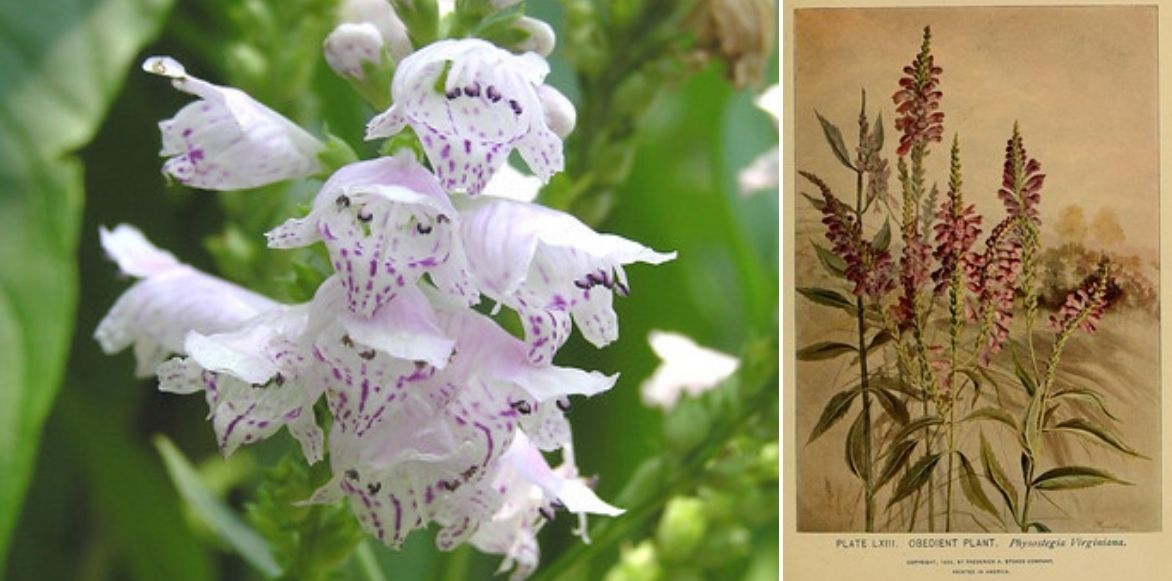
The spike inflorescence of tubular flowers, and a botanical plate from 1899 (F.A. Stokes)
In mid-summer, sometimes extending into early autumn, the pastel flowering spikes rise above the foliage, borne at the tips of the stems. From July to October, depending on the varieties, the obedient plant raises branched floral spikes of 10-12 cm in length, laden with small tubular flowers. These are densely and regularly grouped, arranged in 4 vertical ranks on the stem. They bloom from the bottom upwards. They take the form of flared tubes 1 to 3 cm long, composed of 5 lobes encased in a short calyx. The upper lip forms two lobes, and the lower lip, three lobes. The inside of the corolla tube reveals four stamens and one pistil. The flowers of Physostegia resemble those of foxgloves.
Although the wild form is purple-pink, the flowers can display other colours. Beautiful variations can be found in shades of pink, including light lavender pinks, fresh pinks, candy pinks, magenta purples, or sometimes pure white, like Physostegia virginiana ‘Summer Snow’, making the plant very elegant.
These narrow candles hide a botanical peculiarity: jointed by a small organ that acts as a hinge, the flowers temporarily change orientation when touched, which has earned the plant the nickname “obedient plant,” appearing as if struck by catalepsy.
The flowers of Physostegia, which hold well in a vase, make excellent cut flowers for bouquet arrangements.
It is a melliferous plant: its pollination occurs through insects, particularly bumblebees and bees. After flowering, the flowers produce numerous small black seeds.
The obedient plant is sometimes also referred to as “obedient plant” due to the fact that the flowers, once touched, do not return to their original position.
“`
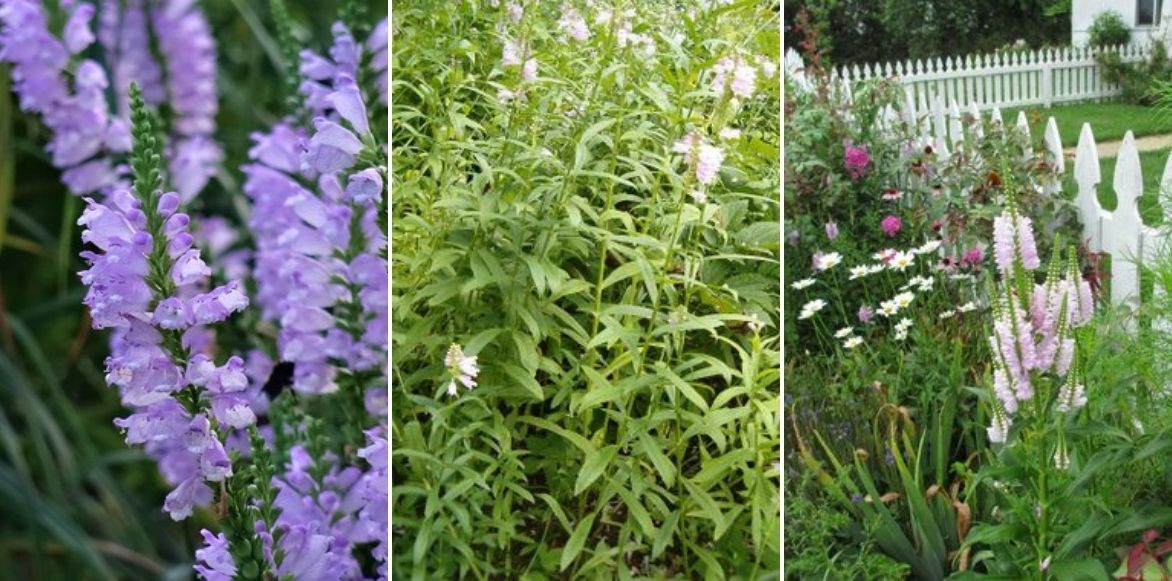






























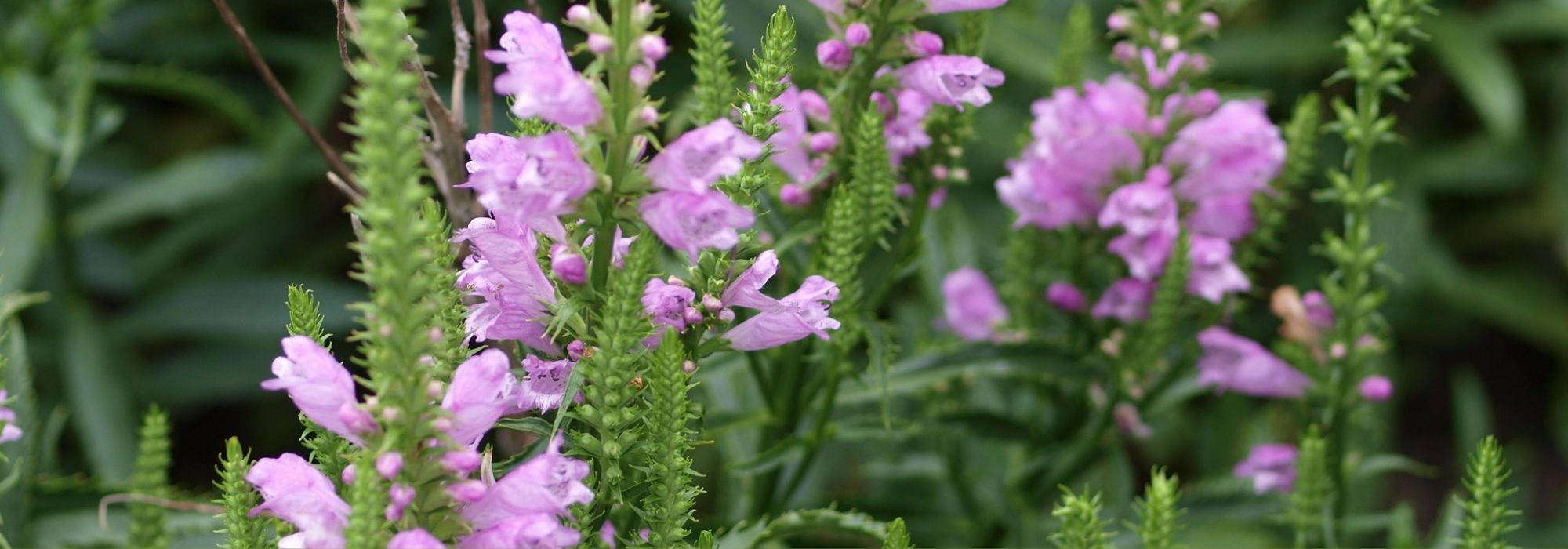


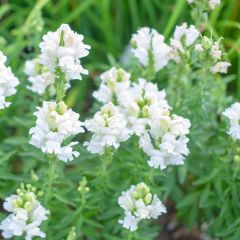
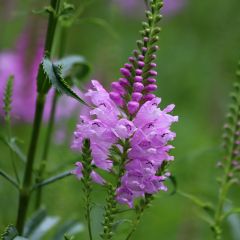
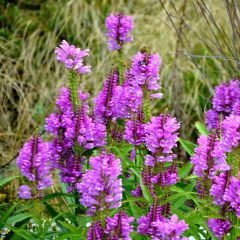
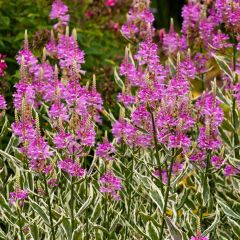
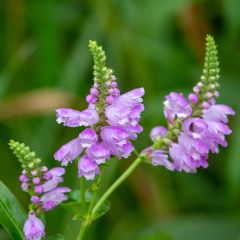
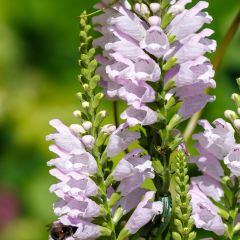
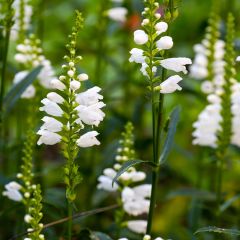

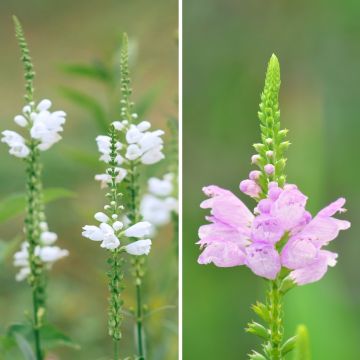


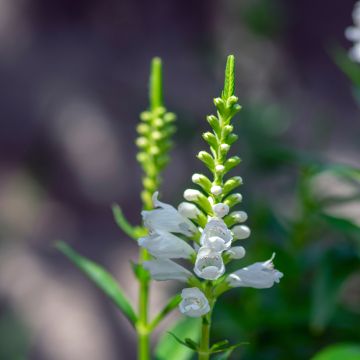
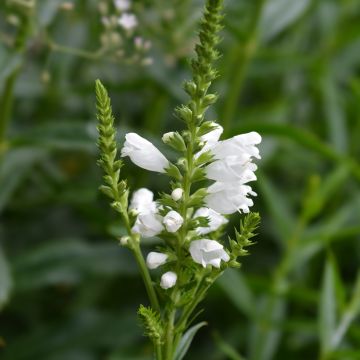




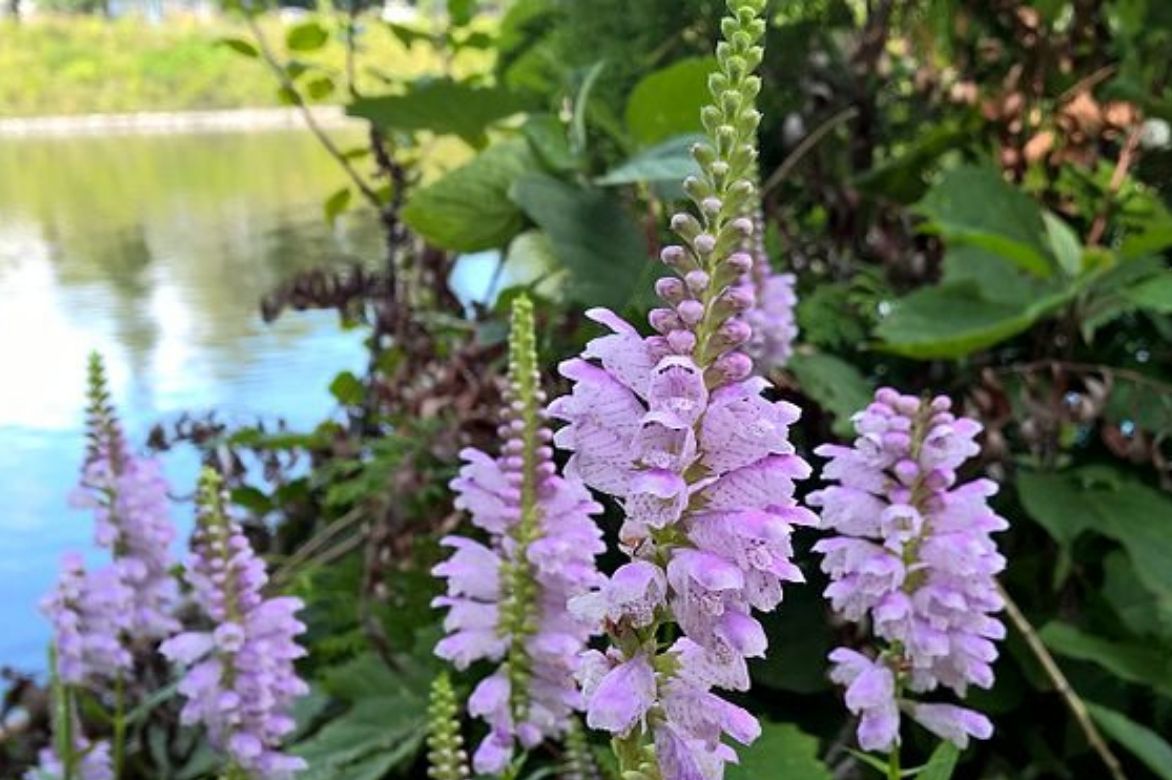 Physostegia is a stunning ornamental plant by the pond or water feature
Physostegia is a stunning ornamental plant by the pond or water feature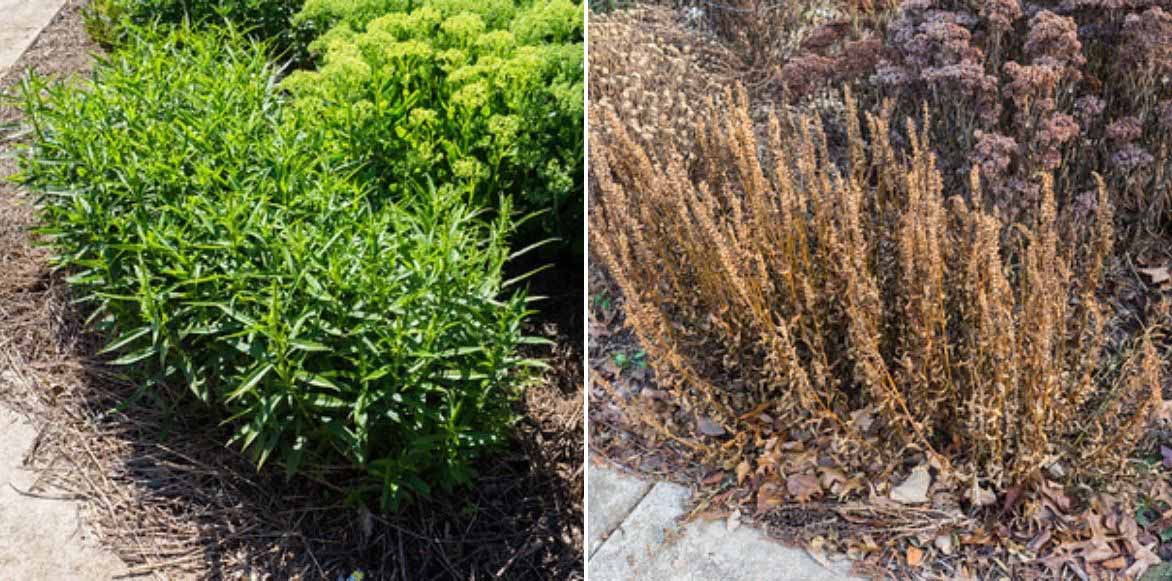
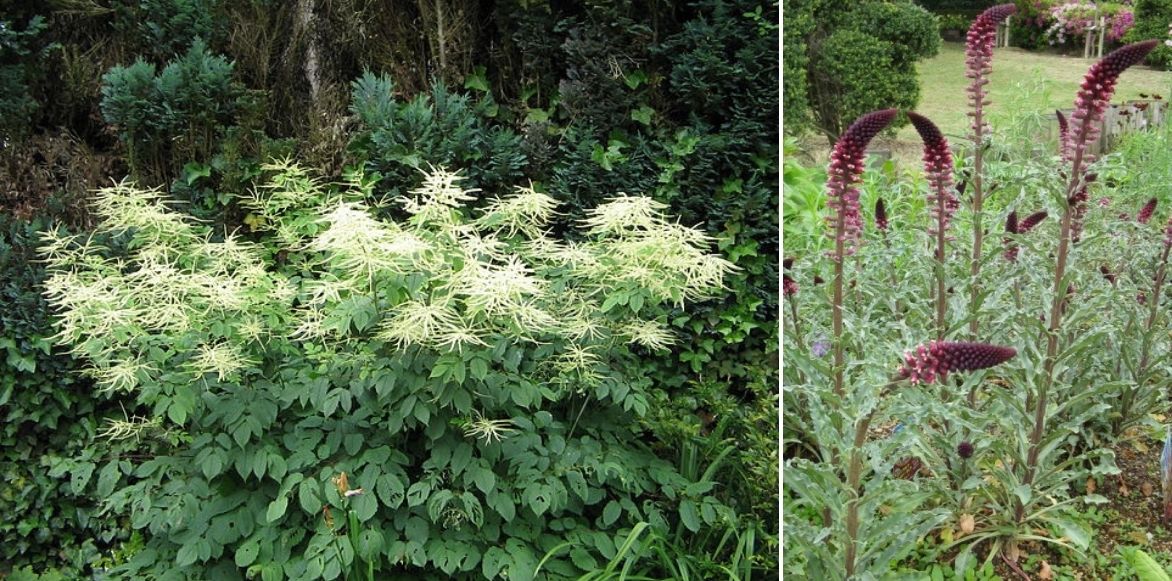 Pair your Physostegias with naturally appearing plants like goat’s beard or purple loosestrife – companions for cool soils[/caption>
Pair your Physostegias with naturally appearing plants like goat’s beard or purple loosestrife – companions for cool soils[/caption> Beautiful mass effect in borders on the left (photo Andrey Zharkikh), and Physostegias in shades of pink (photo F.D. Richards)
Beautiful mass effect in borders on the left (photo Andrey Zharkikh), and Physostegias in shades of pink (photo F.D. Richards)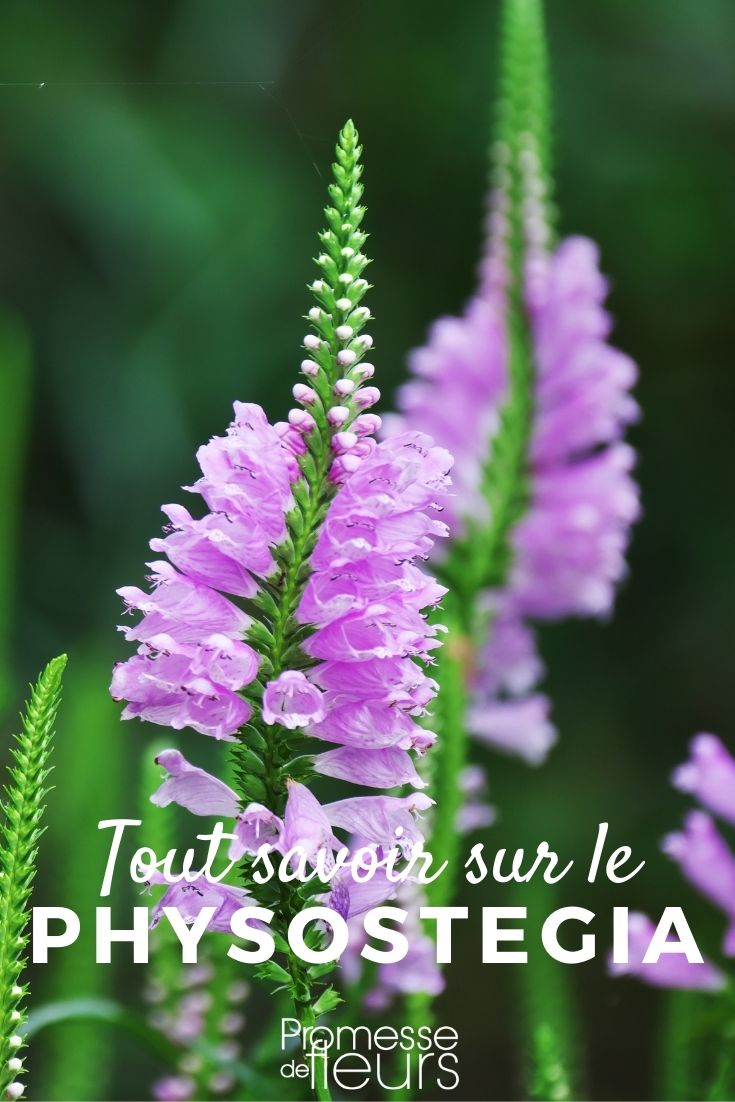
Comments